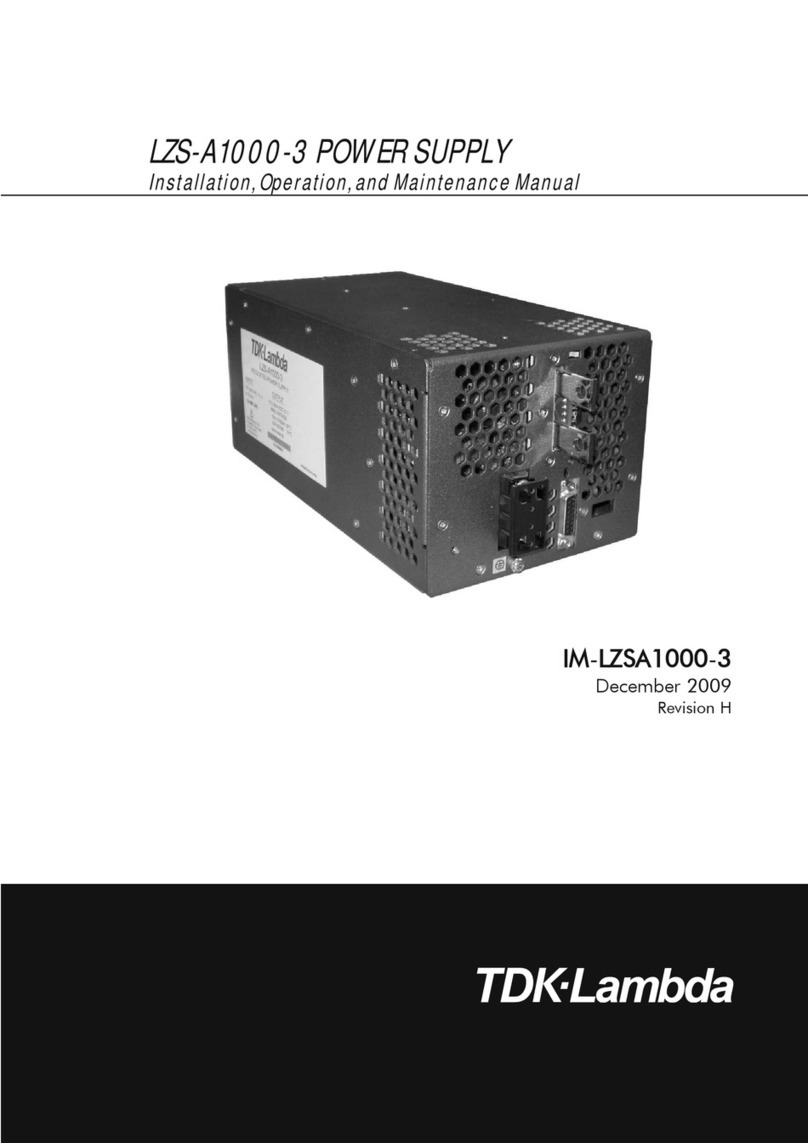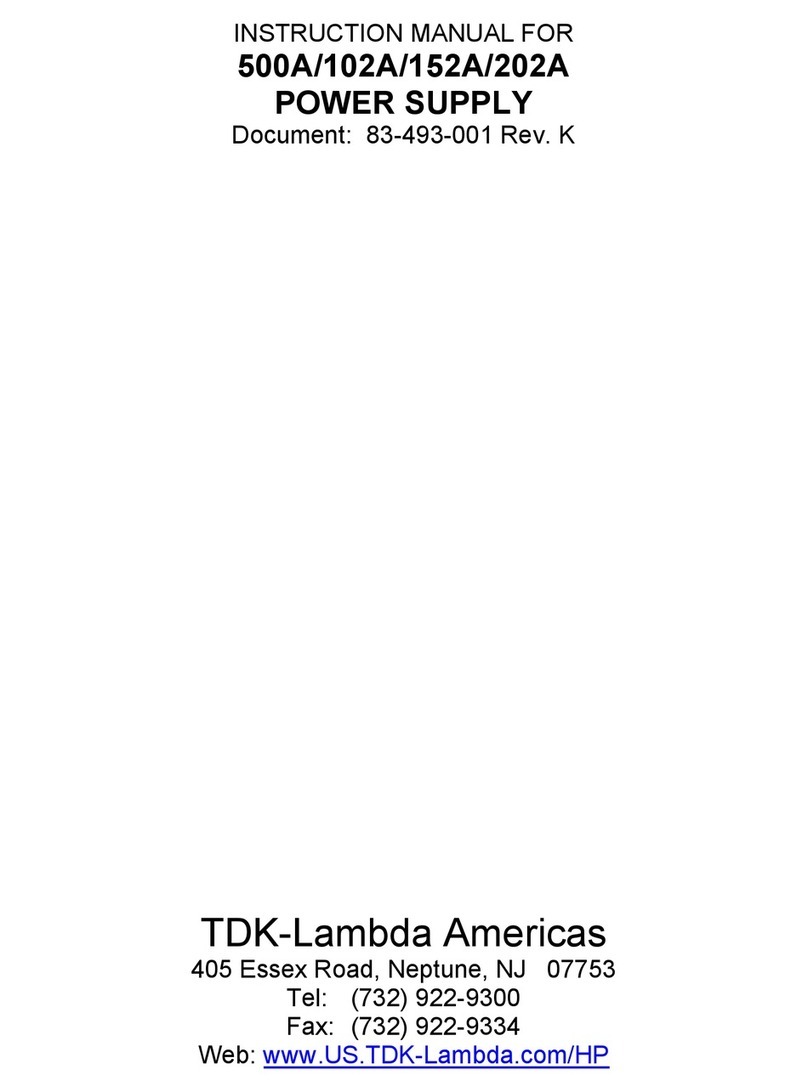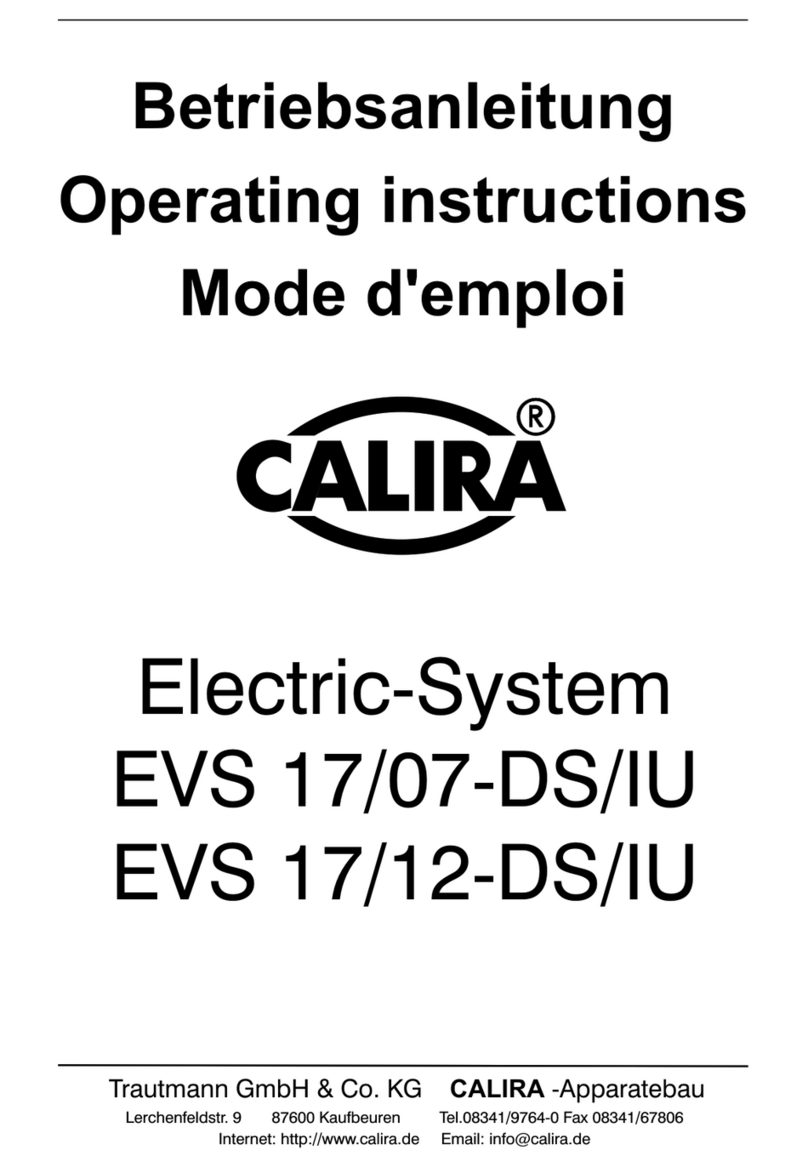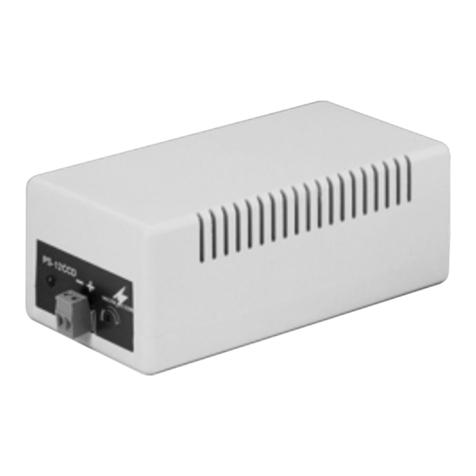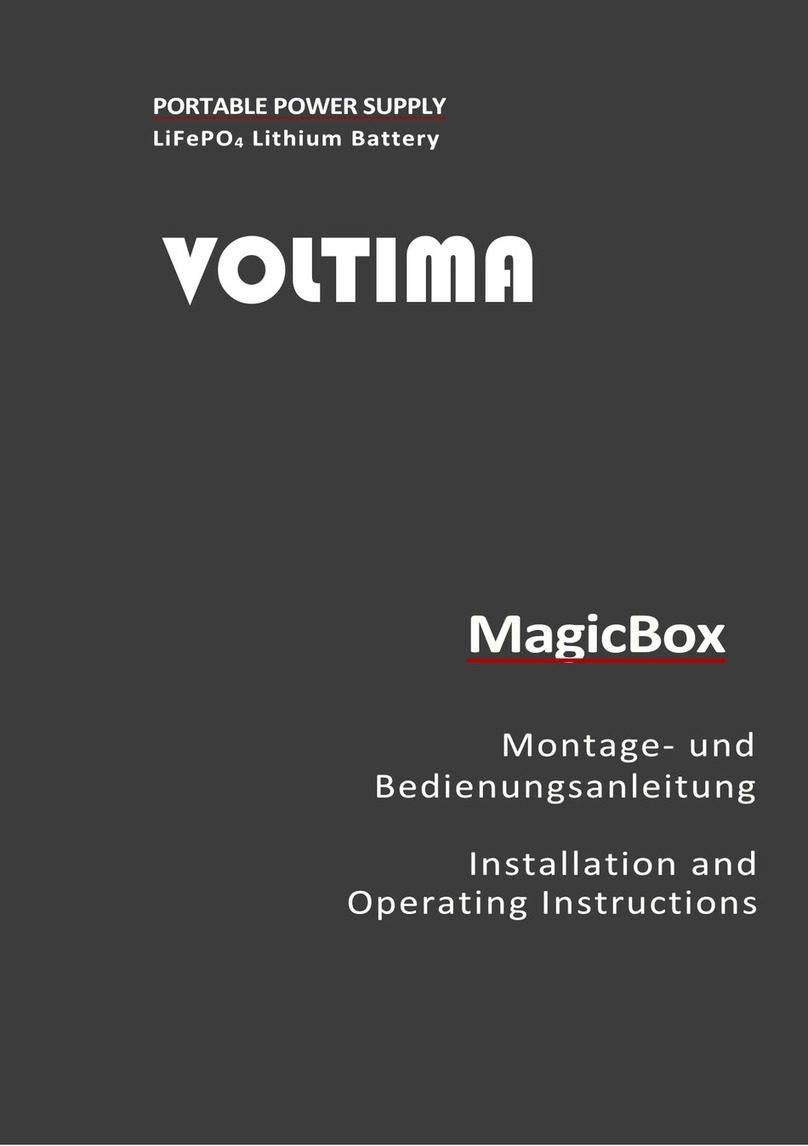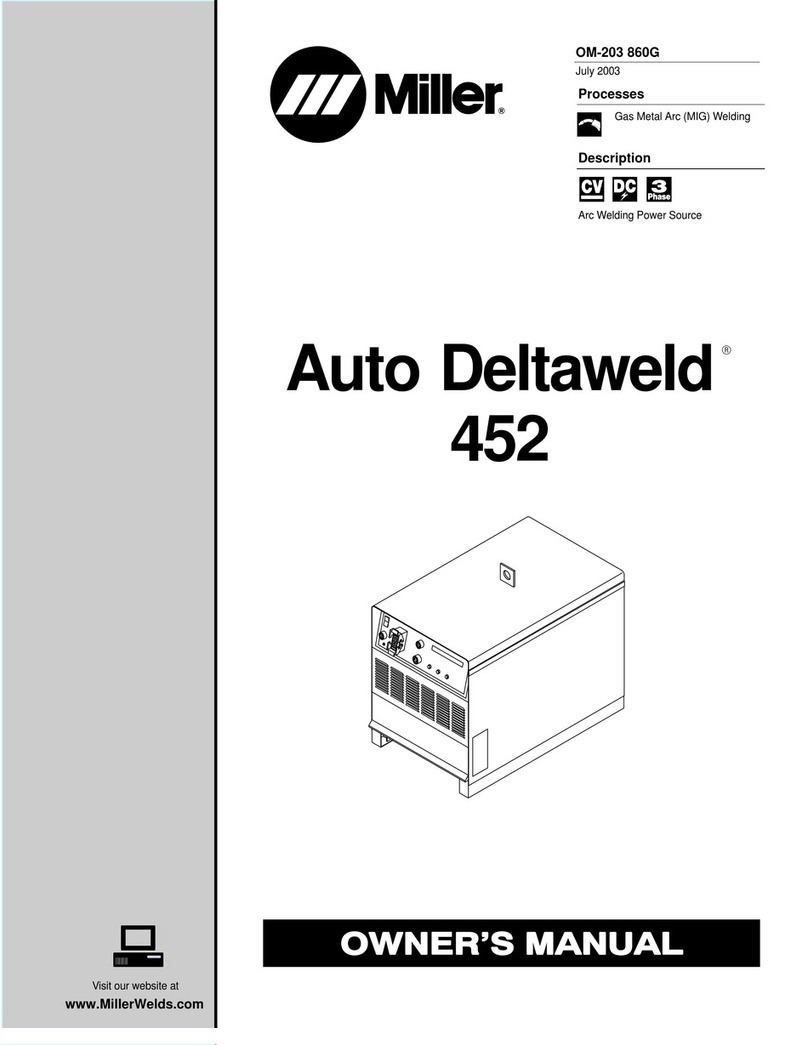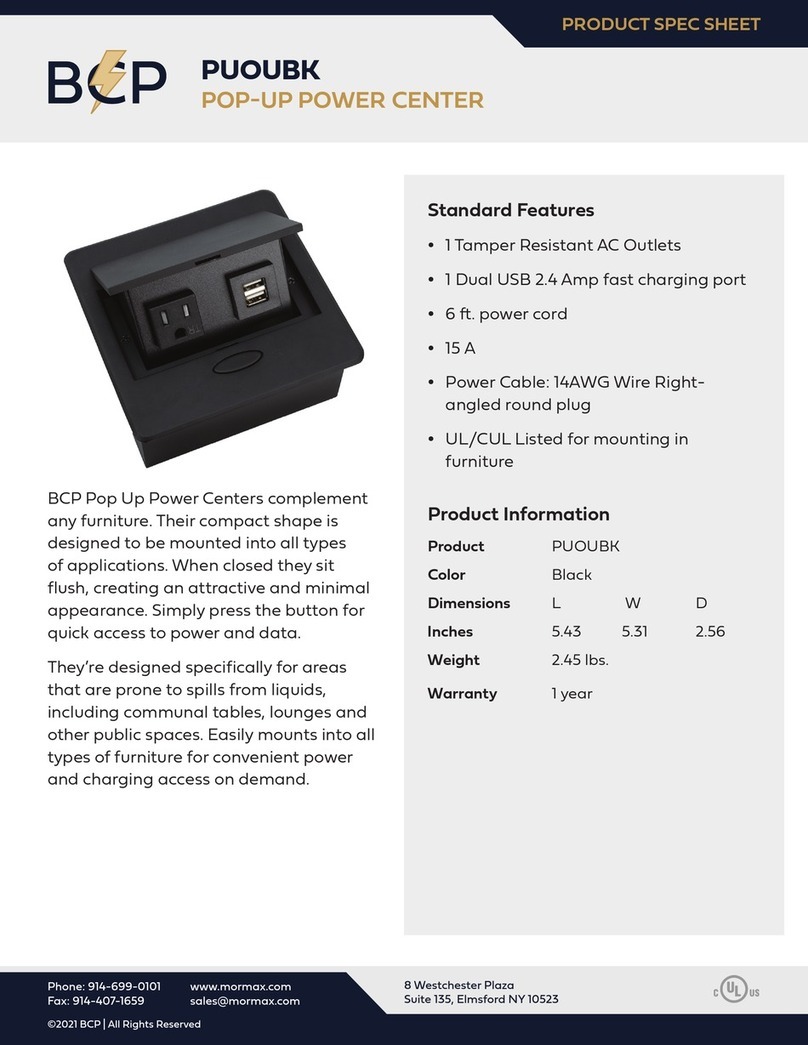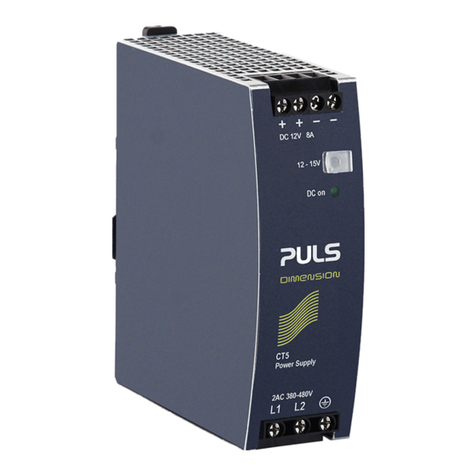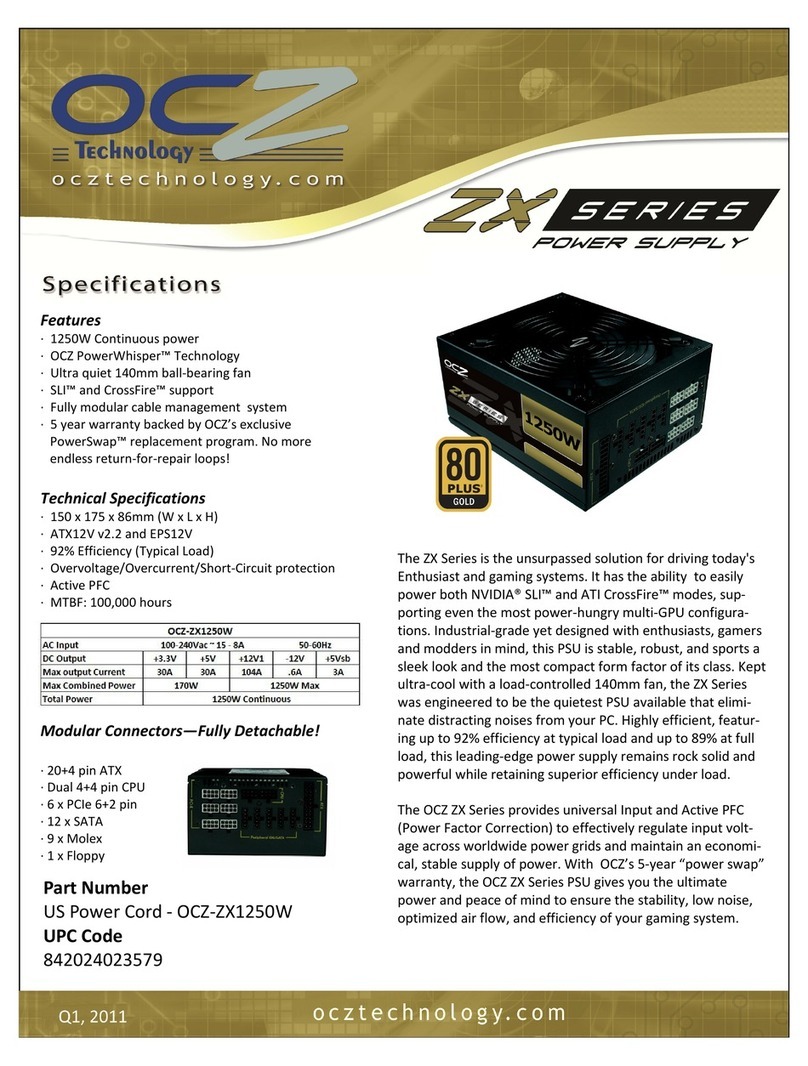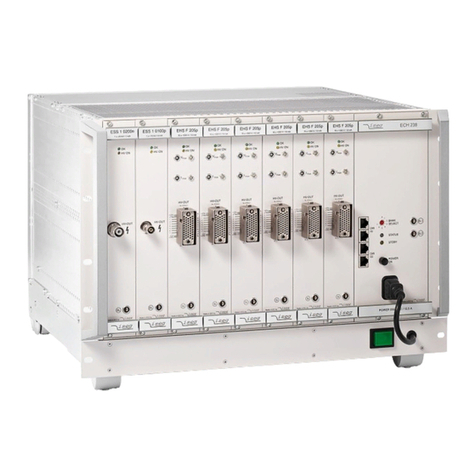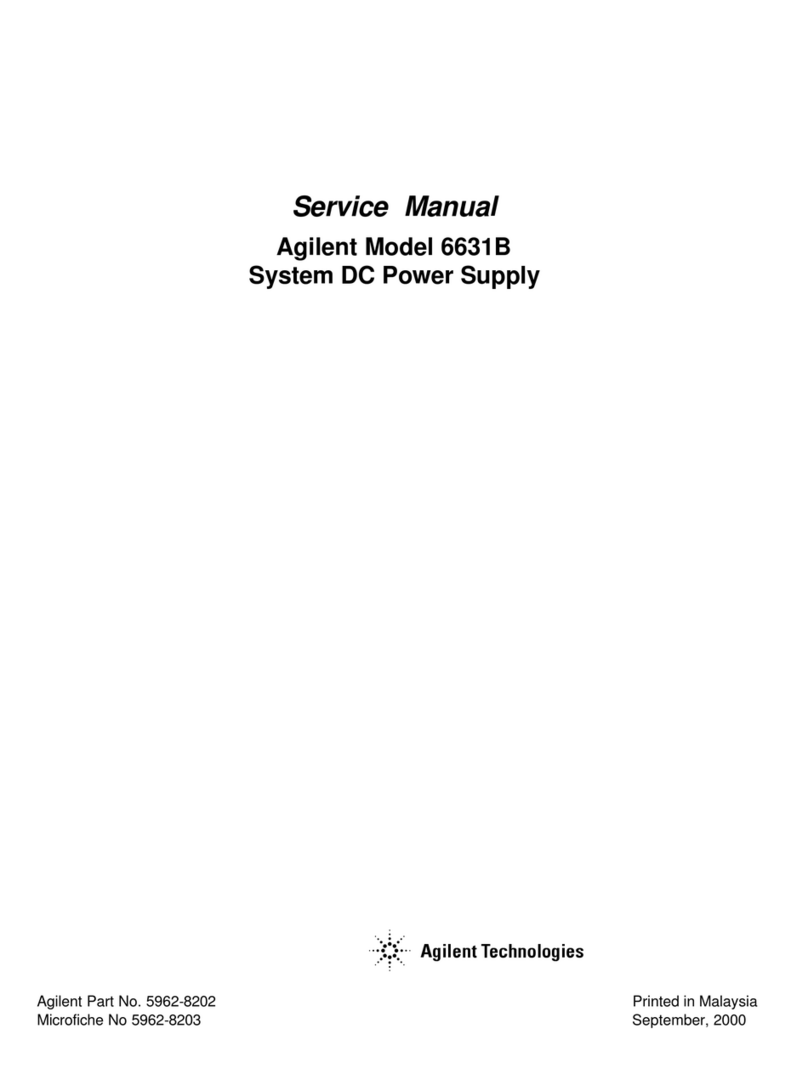
Table of Contents
ii ESUC 41/61/81
Table of Contents
1 User Instructions .......................................................................................................................4
1.1 About These Operating Instructions ........................................................................................ 4
1.2 Applicable Documents.............................................................................................................. 4
1.3 Typographical Conventions ...................................................................................................... 4
1.4 Abbreviations ........................................................................................................................... 5
1.5 Explanation of Warning Messages ........................................................................................... 5
1.5.1 Description of Hazard Levels ......................................................................................... 5
1.5.2 Structure of Warning Messages ....................................................................................6
1.5.3 List of Safety Symbols Used........................................................................................... 6
2 General Safety Instructions........................................................................................................8
2.1 Operator's Obligations ............................................................................................................. 8
2.2 Qualification of the Personnel.................................................................................................. 8
2.3 Special Dangers ........................................................................................................................ 9
2.3.1 Dangers from Defective Parts........................................................................................9
2.3.2 Dangers Through the Unauthorized Modification and the Use of Non-OEM Parts ......9
2.3.3 Risk of Electric Shock When Touching Conductive Components...................................9
2.3.4 Dangers from the Pneumatic Equipment ....................................................................10
2.3.5 Risk of Injury Due to Rotating Components of the Built-In Fan...................................10
2.3.6 Danger for Persons with Pacemakers..........................................................................10
2.3.7 Respiratory Tract and Eye Irritation When Handling Filter Dust .................................10
2.3.8 Equipment Damage Due to an Electric Arc..................................................................10
2.4 Fire Prevention....................................................................................................................... 10
2.5 Safety Measures in ESD-Protected Areas............................................................................... 11
3 Product Description ................................................................................................................. 12
3.1 Intended Applications ............................................................................................................ 12
3.2 Improper Use ......................................................................................................................... 12
3.3 Ambient and Operating Conditions........................................................................................ 12
3.4 General View .......................................................................................................................... 12
3.5 Function Principle................................................................................................................... 13
3.5.1 High Voltage Supply.....................................................................................................13
3.5.2 Option for Connecting Contact Cleaning Devices Model ROTORCLEAN .....................13
3.5.3 Compressed Air Preparation and Control....................................................................13
3.5.4 Output Air Suction and Filtering..................................................................................14
3.5.5 Special Version for ESD Applications ...........................................................................15
4 Installation ..............................................................................................................................16
4.1 Set-Up..................................................................................................................................... 16
4.1.1 Version with Levelling Feet..........................................................................................16
4.1.2 Version with Rollers.....................................................................................................17
4.2 Compressed Air Connection................................................................................................... 17


